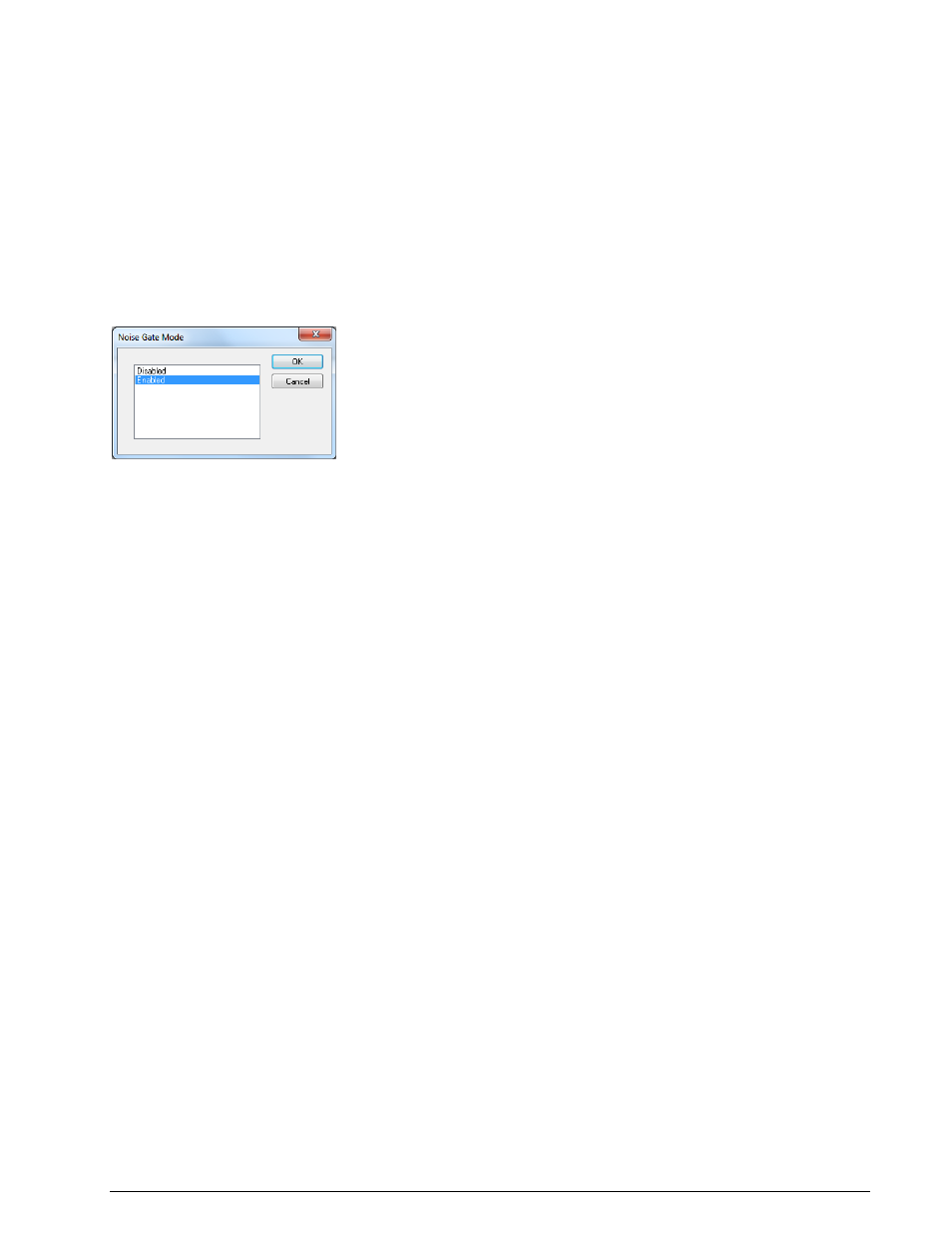Fsk code check sub – Wavecom W61PC V7.5.0 User Manual
Page 88

78
Analysis Tools
WAVECOM Decoder W61PC/LAN Manual V7.5
The name of each identified system is displayed in the output window. An identified system may
be immediately started by double-clicking the system in the output window - for instance double-
clicking ACARS in the figure above will interrupt FSK code checking and immediately start ACARS.
The Hits-Checks will show you how often during checking a mode was successfully determined. If
multiple modes are listed this will indicate which mode should be tried.
If a mode is uniquely identified, the software will switch to the identified mode and decoding is ini-
tiated with the measured values of mode, baud rate, shift, and center frequency.
If two or more different systems are identified or if too many transmission errors occur, an auto-
matic switch to a mode will not take place.
Noise Gate Mode…
The Noise Gate Mode can be selected by Options | Noise Gate Mode… or by double-clicking the Noise
Gate Mode field in the Status Bar.
In Enabled mode, a Noise Gate is used. This is necessary as this kind of signal is not continuous.
The noise gate examines the input signal and tries to determine if a valid signal is available which
can be analyzed, or if the input consists only of noise.
In Disabled mode the Noise gate is switched off.
FSK Code Check SUB
FSK code check is started in automatic mode by selecting the Analysis | Code Check button or from
VHF/UHF-SUB | Analysis | FSK Code Check. This function has a high degree of accuracy when deter-
mining baud rate, frequency shift and center frequency of HF FSK systems.
As an additional help FSK code check also offers an option to start the analysis manually after user entry
of baud rate, frequency shift and center frequency. To utilize this option the Auto button must be dese-
lected. The software will then start data acquisition using the pre-selected parameters. If a pre-selected
parameter has been changed data acquisition is atomatically restarted.
The selection of baud rate, frequency shift or center frequency is done by clicking on the status bar fields
or using the Demodulator menu.
If the FSK code check cannot identify a mode, the code check should be repeated. Data acquisition is con-
tinuously performed as a background task. Heavy fading or other disturbances during data acquisition
may prevent the identification of a mode.
You can also start a new data acquisition by pressing the Resync button.
As this kind of signal is not continuous, a Noise Gate is required. The status of it is displayed in the status
bar. The noise gate examines the input signal and tries to find out, if a valid signal is available which can
be processed or if the input consists only of noise.